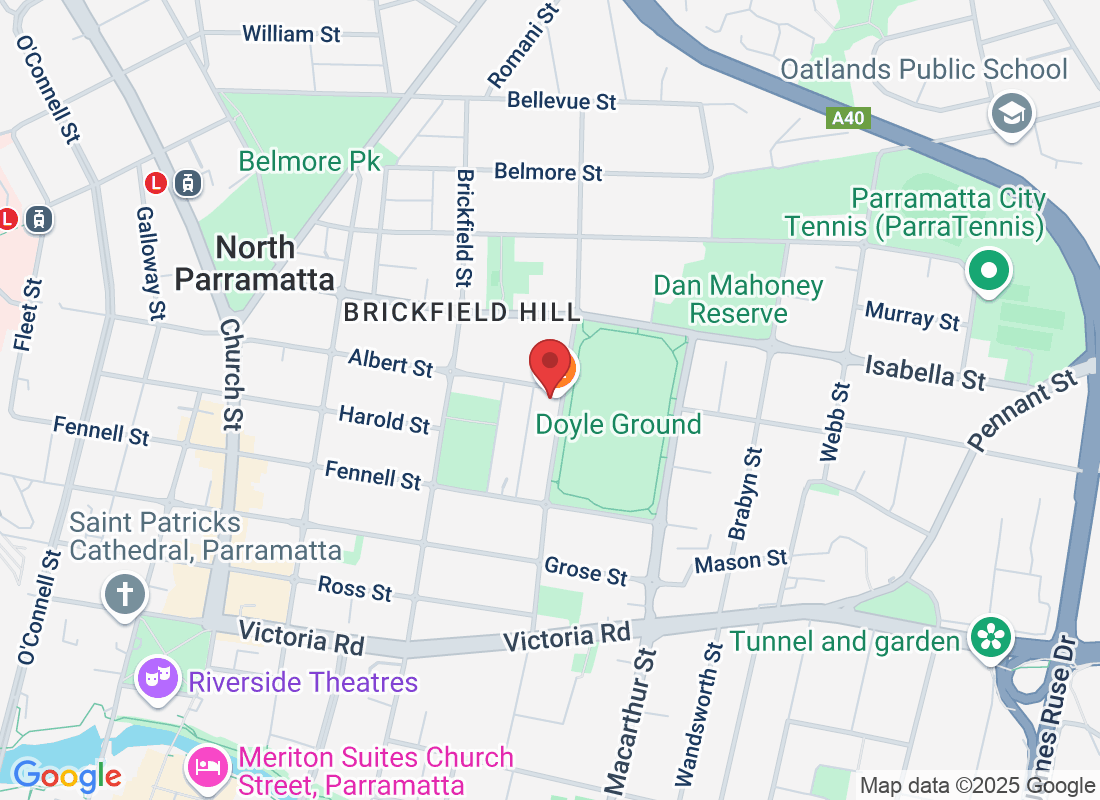
Manual Therapy for Plantar Fasciitis: How It Works and Why It Helps
If you’ve been dealing with persistent heel pain that makes every step feel like a challenge, you’re not alone. Plantar fasciitis is one of the most common foot conditions, and while it can feel like an endless battle, there’s good news—manual therapy is a highly effective treatment that can help you get back to pain-free movement faster. At Physio Performance Physiotherapy Central Dunedin, we use hands-on techniques to reduce pain, improve mobility, and speed up recovery.
Let’s dive into how manual therapy works, why it helps, and what you can expect from treatment.
What Is Manual Therapy?
Manual therapy is a hands-on physiotherapy approach that targets muscles, tendons, ligaments, and joints to improve movement, reduce tension, and alleviate pain. For plantar fasciitis, this can mean breaking up tight fascia, improving circulation, and restoring normal foot mechanics.
Unlike passive treatments like rest or medication, manual therapy actively addresses the root cause of plantar fasciitis, helping your foot heal faster and preventing further strain.
How Manual Therapy Helps with Plantar Fasciitis
Plantar fasciitis is caused by inflammation and microtears in the plantar fascia—a thick band of tissue that runs along the bottom of the foot. When this tissue becomes tight and irritated, it leads to stiffness, heel pain, and difficulty walking.
Manual therapy helps by:
Reducing tension in the plantar fascia
Breaking up adhesions (scar tissue) that limit mobility
Improving blood flow to the area to promote healing
Restoring normal foot function and flexibility
By targeting these issues, manual therapy not only relieves pain but also helps prevent the condition from coming back.
Manual Therapy Techniques for Plantar Fasciitis
At Physiotherapy Central Dunedin, a combination of soft tissue techniques, joint mobilization, and myofascial release is used to effectively treat plantar fasciitis. Here’s what that looks like:
1. Soft Tissue Mobilization (Deep Tissue Massage)
Soft tissue mobilization, often called deep tissue massage, focuses on releasing tight muscles and fascia around the foot and lower leg.
Helps loosen tight calf muscles that contribute to foot strain
Improves circulation to aid in healing
Reduces trigger points in the foot and arch
Enhances overall foot flexibility
2. Myofascial Release Therapy
Myofascial release is a slow, deep pressure technique that targets the fascia—the connective tissue that surrounds muscles.
Helps break down scar tissue and adhesions
Reduces stiffness and tightness in the foot
Improves overall foot and ankle mobility
This technique is particularly useful for chronic cases of plantar fasciitis where the tissue has thickened or become less elastic.
3. Joint Mobilization Techniques
Plantar fasciitis isn’t just about the foot—limited ankle mobility or misalignment in the foot joints can contribute to ongoing pain. Joint mobilization techniques involve gentle movements that help:
Improve joint flexibility in the ankle and foot
Restore proper weight distribution while walking
Reduce stiffness that leads to compensatory pain
By improving how the joints move, the foot can function more efficiently, reducing strain on the plantar fascia.
4. Trigger Point Therapy
Trigger points—knots in the muscles—can contribute to foot pain by keeping the muscles tight and restricting movement. By applying targeted pressure to these points, the following benefits can be achieved:
Release tension in the calves, foot arch, and Achilles tendon
Improve flexibility and foot function
Reduce referred pain (pain that travels up the leg)
What to Expect from Manual Therapy Sessions
If you’re new to physiotherapy or manual therapy, here’s what a typical session at Physio Performance Physiotherapy Central Dunedin looks like:
Initial Assessment – Foot mechanics, flexibility, and movement patterns are evaluated to determine contributing factors to plantar fasciitis.
Hands-On Treatment – Using the techniques above, work is done directly on the plantar fascia, surrounding muscles, and joints to relieve pain and improve mobility.
Stretching and Strengthening Exercises – A guided program is introduced to maintain progress between sessions.
Footwear and Movement Advice – Small changes in footwear, standing posture, and walking mechanics can make a huge difference in recovery.
Most individuals begin to notice improvements after a few sessions, with pain reduction and increased mobility.
Who Can Benefit from Manual Therapy for Plantar Fasciitis?
If you’ve been experiencing any of the following, manual therapy can help:
Sharp heel pain, especially in the morning or after standing for long periods
Stiffness and tension in the arch of the foot
Recurring foot pain that hasn’t improved with rest
Difficulty walking or exercising due to foot discomfort
Early intervention leads to faster recovery, so addressing the issue sooner rather than later is recommended.
When to Seek Professional Help
If plantar fasciitis pain is affecting daily life, professional treatment is the best way to speed up recovery and prevent long-term damage. Manual therapy, combined with the right rehabilitation plan, provides a comprehensive solution for lasting relief.
At Physio Performance Physiotherapy Central Dunedin, a hands-on approach is taken to treating plantar fasciitis. The goal is to help individuals move better, feel better, and get back to enjoying life pain-free.
Take the First Step Toward Heel Pain Relief
Plantar fasciitis doesn’t have to control your life. With the right treatment, walking, running, and moving without discomfort is achievable. At Physio Performance, the focus is on providing expert guidance every step of the way.
Book an appointment today and start your journey toward pain-free movement!



